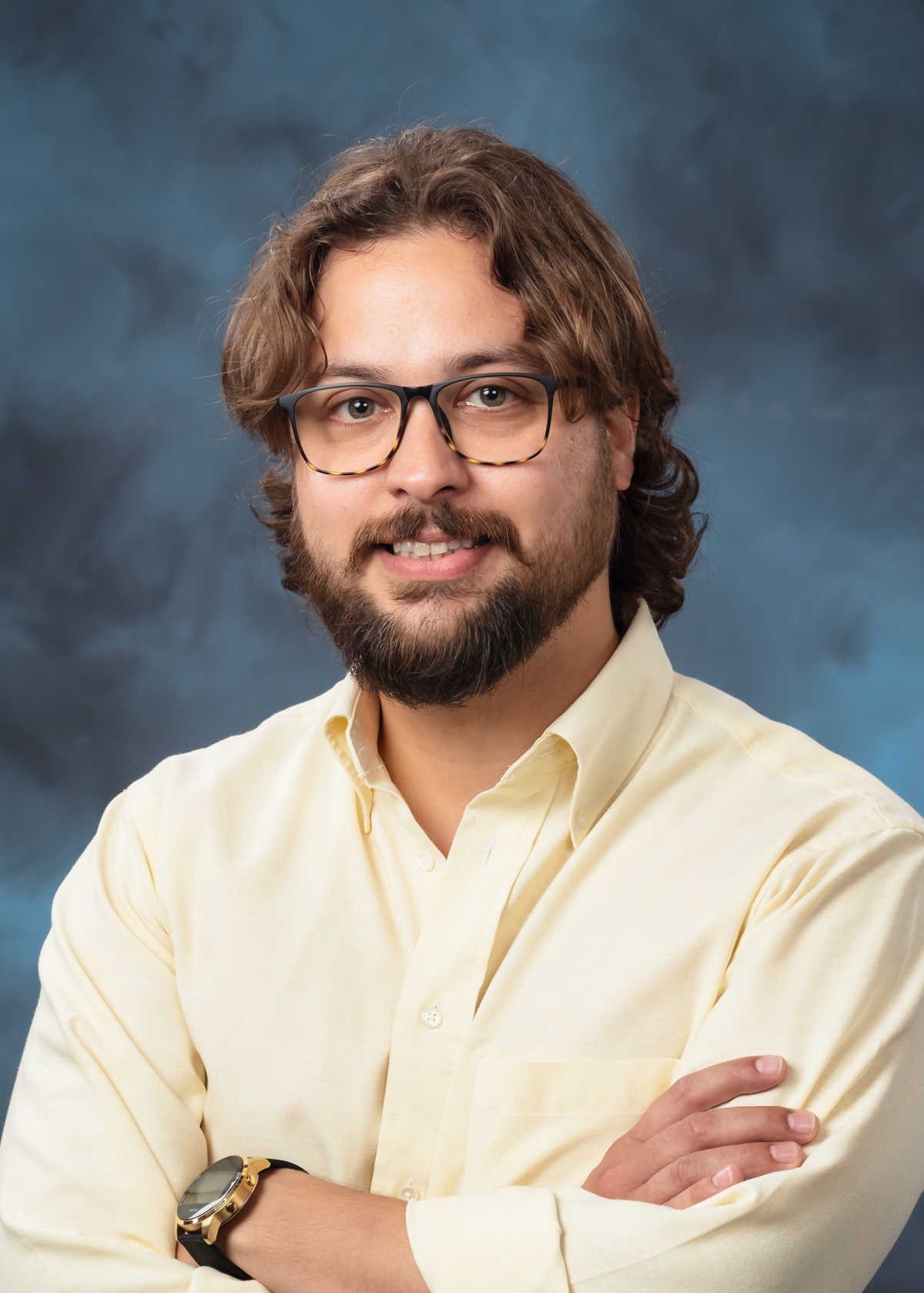In human security research, Thomaz Carvalhaes says, there are typically two perspectives: technocentric and human centric. Rather than pick just one for his work, Carvalhaes uses data from both perspectives to understand how technology impacts the lives of people. He calls it understanding where space and place meet.
"I think about a location as a system of systems that spans technical to social, because that's closer to the real world," said Carvalhaes, a research and development associate at ORNL. "Where these systems interact, trade-offs and failures can cascade between both sides."
With this perspective, he has become an expert on Puerto Rico, learning how repeated natural disasters have pounded critical infrastructure over the years and how grassroots efforts fill in with relief where government efforts fail. His work at ORNL allows him to use skills in remote sensing and data analytics to contribute to the Department of Energy's Puerto Rico Grid Resilience and Transitions to 100% Renewable Energy Study, or PR100, project.
Carvalhaes became familiar with Puerto Rico's vulnerable infrastructure while working on his dissertation, using layered data to represent damage and response after Hurricane Maria devastated the island in 2017. Annual impacts from natural disasters continue to be a source of concern as climate change creates uncertainty for the future. But building toward more resilient island systems, including the community response, will hopefully produce a more stable future for the people of Puerto Rico.
After Carvalhaes finished his undergraduate degree while interning with ORNL for almost two years, Hurricane Maria ravaged Puerto Rico. His team, at the time called the Critical Infrastructure, monitored events as they unfolded; he fetched, processed and visualized nighttime lights satellite imagery.
Carvalhaes followed news from Puerto Rico while pursuing a Ph.D. at Arizona State University, but he didn't engage in research. Then, an infrastructure resilience research project funded by the National Science Foundation put his community resilience and social vulnerability experience to use. "It was a perfect fit and a chance for me to keep working to understand resilience in Puerto Rico," he said.
The project looked to change how researchers view data from a natural disaster to understand not only where vulnerabilities exist in critical infrastructure systems but also the impact on the people left with a big mess to clean up. Carvalhaes recognized that how people felt about their homes and their community influenced how they rebuilt, including how they shared resources to get by until larger relief efforts were available.
Synthesizing "ethnographic and geospatial methods," he and his team built a "thick" dataset, a collection of many data points about one place, and built an app to turn the data into layers of maps, called thick mapping. Researchers could interact with the layers to see a more complete story of the aftermath of Hurricane Maria.
"Thick mapping is mapping one place from many different perspectives," said Carvalhaes. "I tried to bring the technocentric and human-centric perspectives together using geography."
Using this app as a chapter for his dissertation, he published the results in the Annals of the American Association of Geographers.
With an extensive knowledge of how geospatial research is used to understand human security, Carvalhaes rejoined ORNL in 2022 and contributed to the PR100 project, focusing on mapping the energy burden and social vulnerability of future infrastructure scenarios.
Energy burden, he explained, looks at consumers' access to energy and its cost. If community members can't afford the increased cost of energy after an upgrade, then the upgrade is not the best option. "You don't want to come up with a really resilient technological system, but then some folks are disproportionately facing greater burdens or risks," Carvalhaes said.
This project fits in well with Carvalhaes' dedication to recognizing how infrastructure and people are equal parts of building new energy resilient systems. The technical problem is laden with social and economic problems, he said, so he approaches it in an integrated way. The complexity of people and technology compels Carvalhaes to apply new ways of thinking to big problems.







